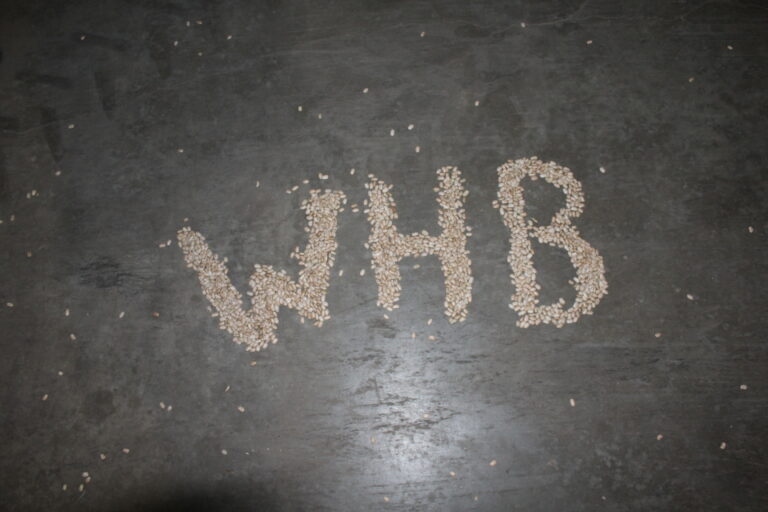Rain continues to fall here in Michigan as I write this newsletter, just as I’m told it is there in Manitoba. Despite what mother nature has in mind, the spring planting season is quickly approaching. With all the rain and snow that’s fallen through the winter and spring months, there appears to be a lot more optimism amongst growers after last year’s drought. On top of this beneficial wet weather, we’ve also seen grower prices of all classes of beans remain strong coming into spring. This is primarily a result of the rally in grain prices and the strong North American domestic market for beans. However, we have also seen these higher prices cause more price-sensitive markets to slow imports. Some of these include the Caribbean and Mexico which had a sizeable domestic crop last year. We have also seen the tariffs between the U.S. and European Union and the United Kingdom come off in the last few months. This may create some competition with Canadian beans that were dominating those markets prior to January 1st. While talking about the European market, it is important to mention the Russia-Ukraine conflict. Ukraine is a sizeable producer of navy beans, but questions about getting their crop planted and exported have created some more export opportunities for Canadian beans into European countries such as the U.K. and Italy.
Last Thursday the USDA published their 2022 Prospective Planting report. In the report, the USDA had U.S dry bean acres down an estimated 6% and U.S. soybean acres up 4% from 2021. Many traders including myself were eager to see what acres would be like not only here in Michigan, but also in North Dakota and Minnesota. North Dakota dry bean acres were down 2% along with many of their other major crops (corn, soybeans, and spring wheat), while the more specialty crop acres are up. These include Durum wheat, sunflowers, barley, flaxseed, and dry peas. Most of this is due to the Russian invasion of Ukraine, which is a large producer of both wheat and sunflowers, which has helped drive prices higher for both. Similar story in Minnesota where dry bean acres are down 17%, while oat, spring wheat, and soybean acres are all up. In this report, dry bean acres are not separated by class (pinto, black, navy, small red, etc.), but many traders are expecting pinto bean acres to be up in Minnesota and North Dakota with the other classes down. What’s important to note is that both North Dakota and Minnesota are sizeable black and navy bean growing states, so a decrease in acres in both could dramatically impact U.S. production. While the Canadian acreage report doesn’t come out till the end of the month, many expect it will be similar to the U.S. numbers. And with strong prices and weather concerns amongst growers, it appears pinto beans acres will also lead the way.
A lot of the changes we’ve seen in acreage this year were a direct result of the higher input costs associated with growing high fertility crops such as corn. Also, with the wet spring we’ve experienced so far, it is possible that some more acres are switched from early planted crops such as spring wheat and corn to dry edible beans. Western Harvest still has seeds available if you have some acres you’re thinking of switching to beans, especially the more major classes like Pintos, Blacks, and Navies.
Please contact Justin or Tina with any questions on markets and new crop contracts
-Aaron Fahrner, Dry Bean Marketing Specialist Cooperative Elevator Co.




